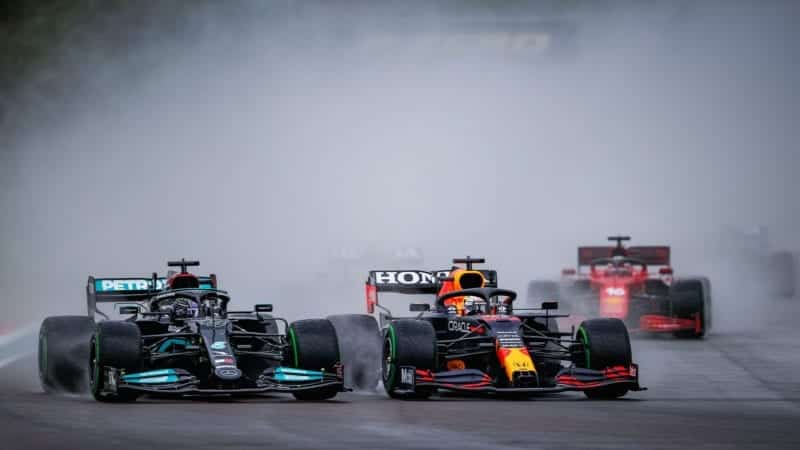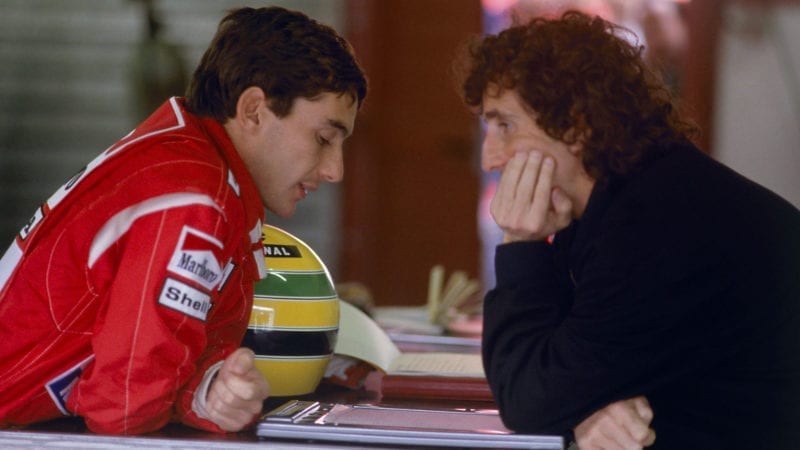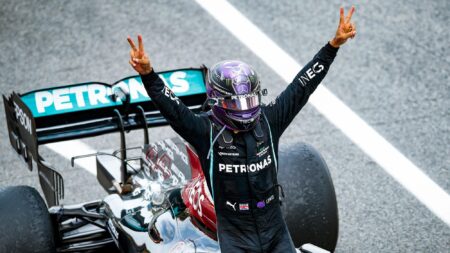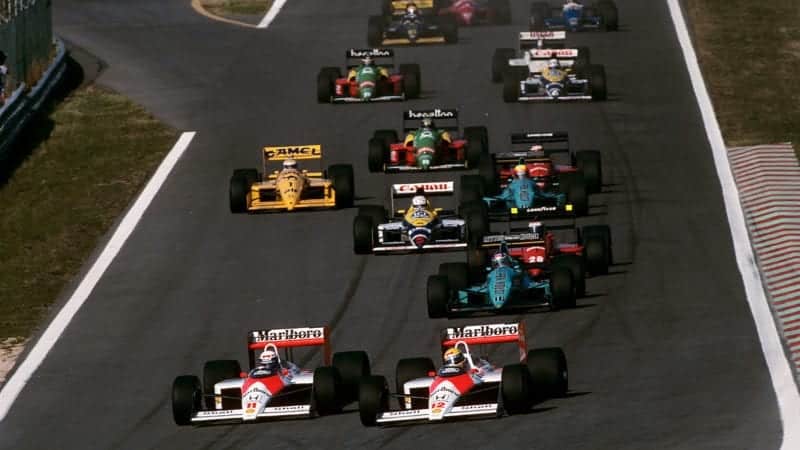Combining the four qualifying results from 1988 gives us an average margin of 0.878sec in Senna’s favour. Pretty close then. Except it’s nothing compared to this season.
In Spain, Hamilton nicked top spot from Verstappen by just 0.036sec. And the biggest gap between the two so far came in Portugal, when Lewis enjoyed a comparatively colossal 0.391sec over the Dutchman. Average out the four results so far, and the margin between the two sits at just 0.225sec. Over half-a-second closer than Senna and Prost were at this point three decades ago, and let’s not forget we’re talking about two different cars in 2021, not team-mates in identical kit.
The statistic for the races is skewed slightly by Senna’s disqualification from Brazil (for switching to the spare car after the gearbox of his original jammed on the formation lap) and his crash at Portier that cost him so dearly in Monaco, but we can still use some data for comparison, even if it does take a few liberties.
Suppose that Senna had throttled back and maintained that 55sec advantage he held over Prost before his Monaco spill, then we have three results to work with. The tightest margin being Senna’s 2.334sec cushion at San Marino. Average it out, and we get a rough winning margin of 16.1sec in either direction.
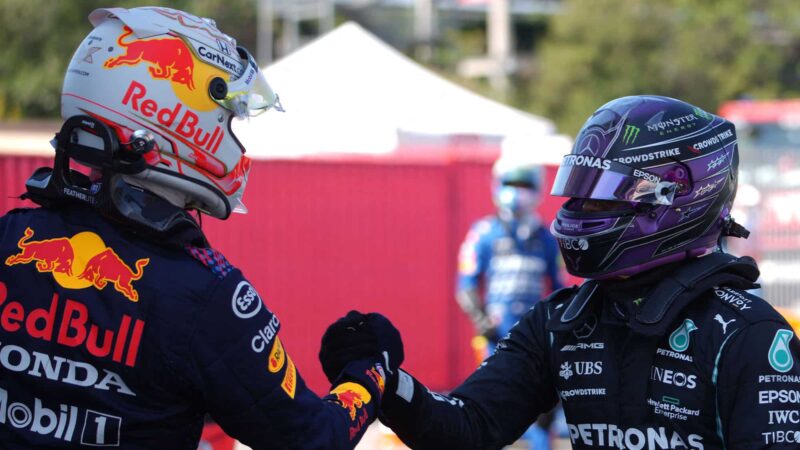
There’s a clear respect between Verstappen and Hamilton, with little appetite for mind games
Emilio Morenatti / POOL / AFP) (Photo by EMILIO MORENATTI/POOL/AFP via Getty Images
Look at this year and Hamilton’s Portuguese performance stands as the most dominant of the campaign so far, with the Briton 29.148sec clear at the flag. The tightest? That stunning Bahrain opener when Hamilton somehow held off the fresher-tyred Verstappen to win by just 0.745sec. The result – an average winning margin of 16.9sec – across four races rather than three. Strikingly similar.
Work it out race-by-race, and 1988’s average has each grand prix decided by 4.719sec (using San Marino and Mexico, as the only races so far both Senna and Prost finished), and 2021’s by 4.232sec across the four races thus far. Only half-a-second or so in it, but at this point every decimal counts.
The modern-day rules surrounding fastest race laps skew the figures far too much to make any comparison worthwhile – in Spain alone Verstappen’s fastest race lap was 2.5sec quicker than Hamilton’s, due to his move onto fresh tyres a lap from the finish when on the lowest fuel possible.
